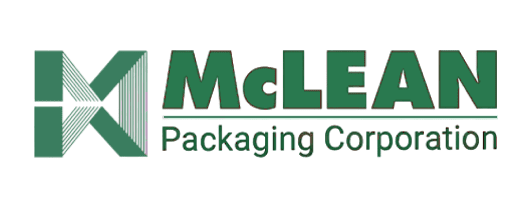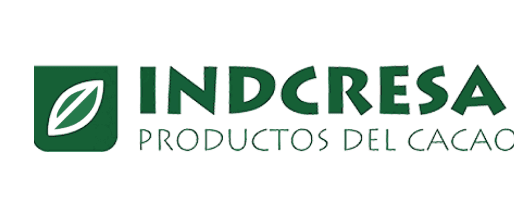Product
sustainability

Your impact
Our expertise
Life cycle assessments, simplified
Our services
LCAs and EPDs, from A to Z
Why measure the impact
of your products?
Replies within 24 hours
On the side of transparent disclosures
Insights
Frequently asked questions
The length of the LCA process depends on the complexity of the product. This relates to the number of ingredients, components or processes involved in its creation. The availability of data is another contributing factor. In most cases, the development process can take between 16 and 24 weeks.
No, an EPD is a document that can only be produced after an LCA has been developed. This helps to ensure that all PCRs (Product Category Rules) for the EPD are followed, and that all specific programme requirements and standards are fully adhered to.
A product carbon footprint covers only one of the life cycle impacts of a product: climate change. A full LCA, on the other hand, includes several additional indicators, such as particulate matter formation and ozone depletion.
An Environmental Product Declaration (EPD) is a standardised and verified document that provides detailed information on the environmental impacts of a product or service throughout its life cycle. EPDs present transparent and third-party-verified data on the environmental performance of a product, covering inputs such as energy and raw materials, and outputs such as emissions and waste.
Thanks to the consistent methodology set out in the Product Category Rules (PCRs) and the rigorous verification process, EPDs enable detailed and transparent comparisons to be made between similar products and services. This has led to their widespread adoption across a range of industries, particularly in the construction sector – where they support informed decision-making by providing verified data to architects, designers, builders and consumers.
Nexio Projects helps organisations embed circular business practices into product sustainability by rethinking resource use, product design and end-of-life strategies. We support clients in developing models that prioritise reuse, recycling and reduced material dependency, while conducting assessments to identify improvement opportunities across the full product life cycle. This approach enables companies to minimise waste, lower costs and create long-term value.
Ecochain is our software partner, providing advanced, cloud-based tools to measure environmental impacts at scale. Through Ecochain, we conduct detailed analyses that make the carbon footprint and environmental performance of entire product portfolios clear and actionable. This allows companies to better understand trade-offs, benchmark performance, and implement product strategies aligned with long-term sustainability goals
Nexio Projects is a Netherlands based sustainability consultancy, acknowledged by Verdantix as one of the top boutique ESG and sustainability experts worldwide. Serving over 400 clients across 20 countries and 25 sectors including manufacturing, consumer goods and logistics, we guide companies in measuring and improving product level environmental performance. As a trusted environmental consultants, Nexio Projects supports sustainability services such as life cycle assessments, product carbon footprinting, and sustainable product design integration. Whether you need a sustainability expert to help with product labelling or a green consultant to align with evolving customer and regulatory demands, Nexio Projects is equipped to support your product sustainability goals.








































